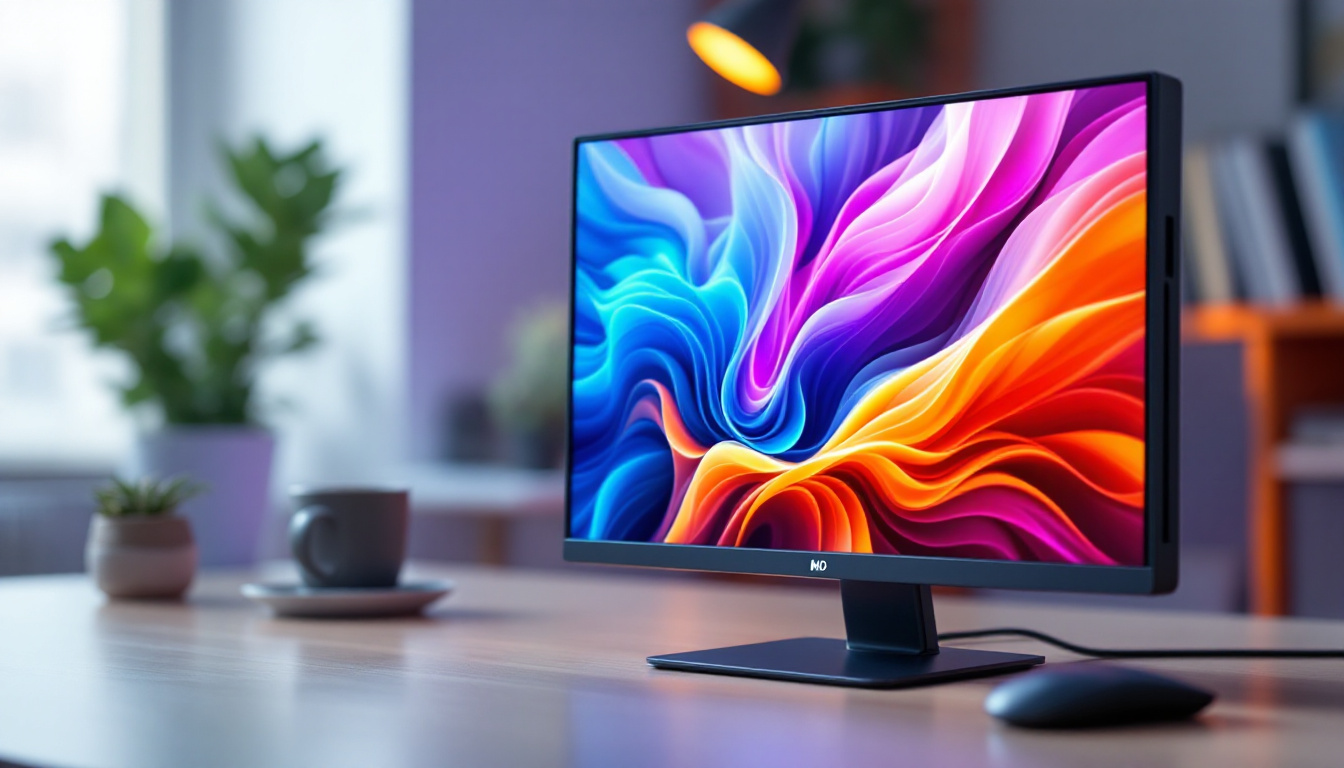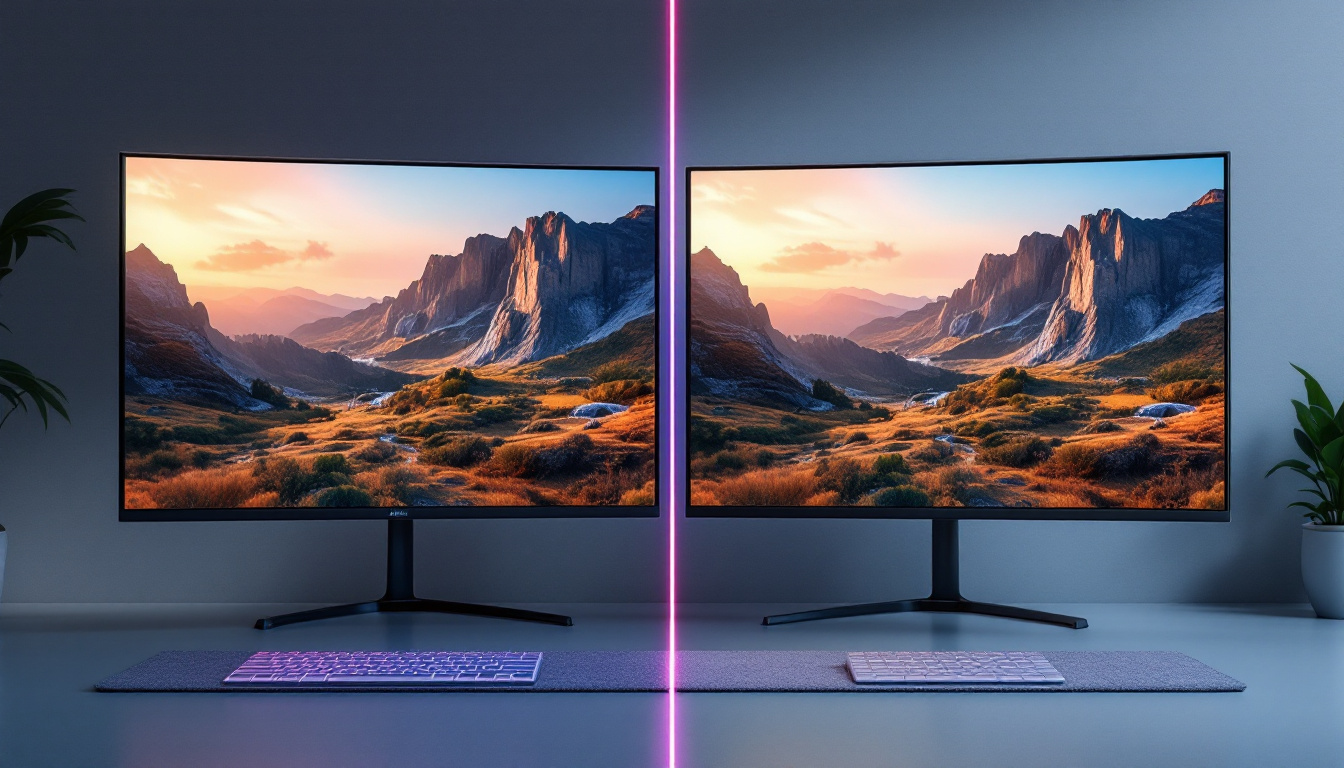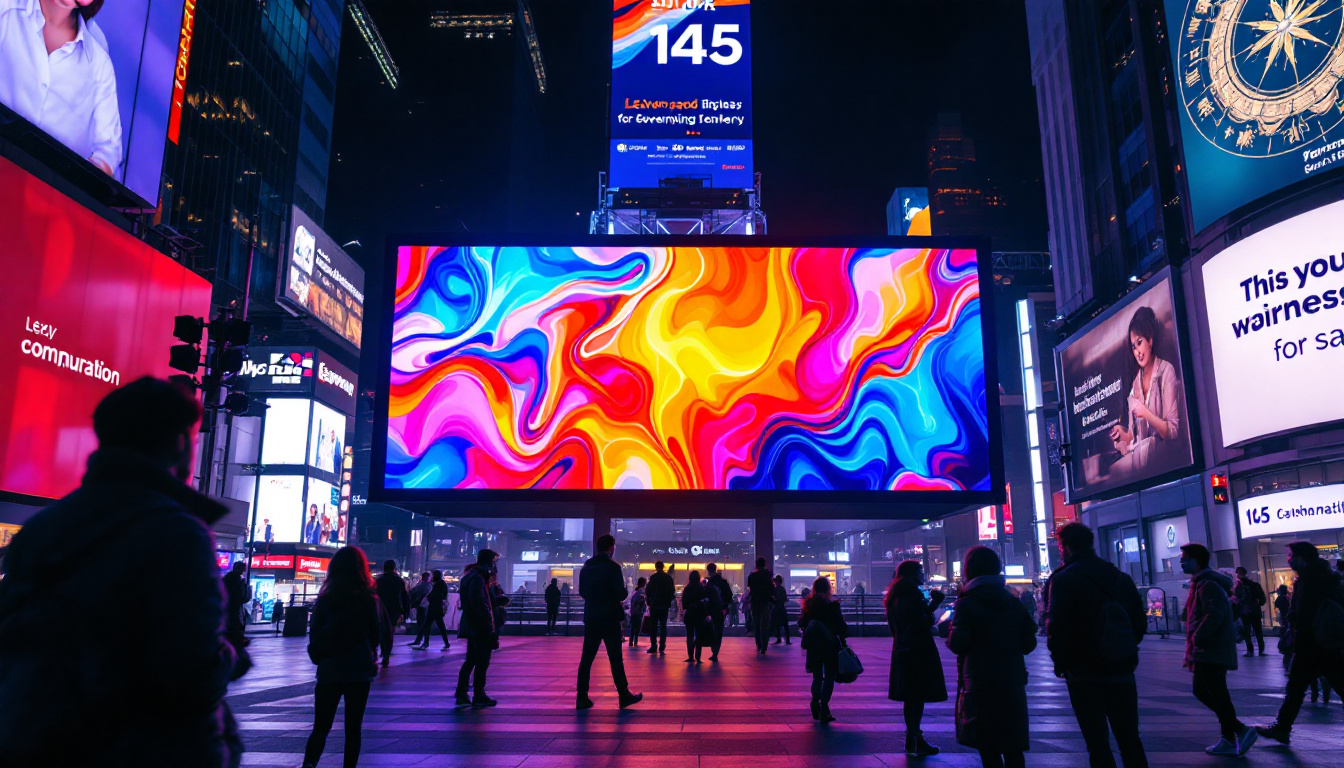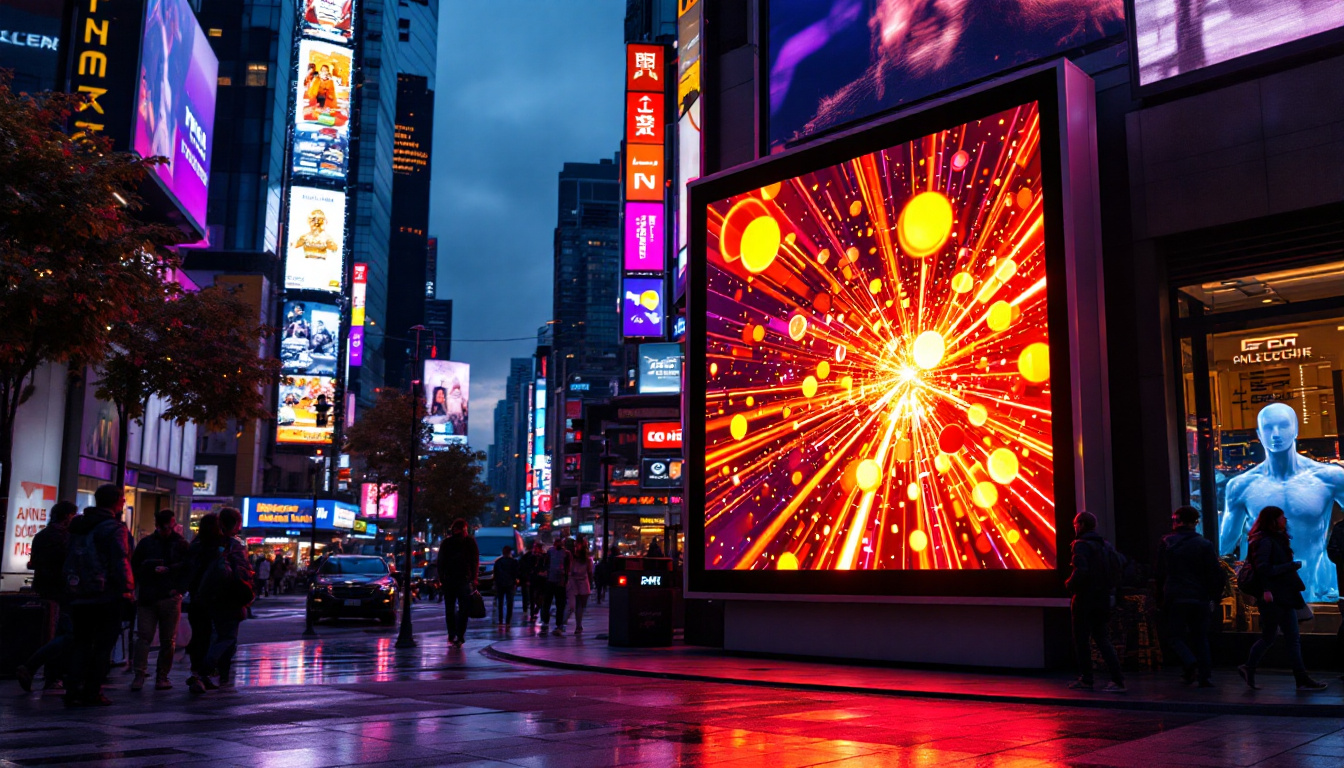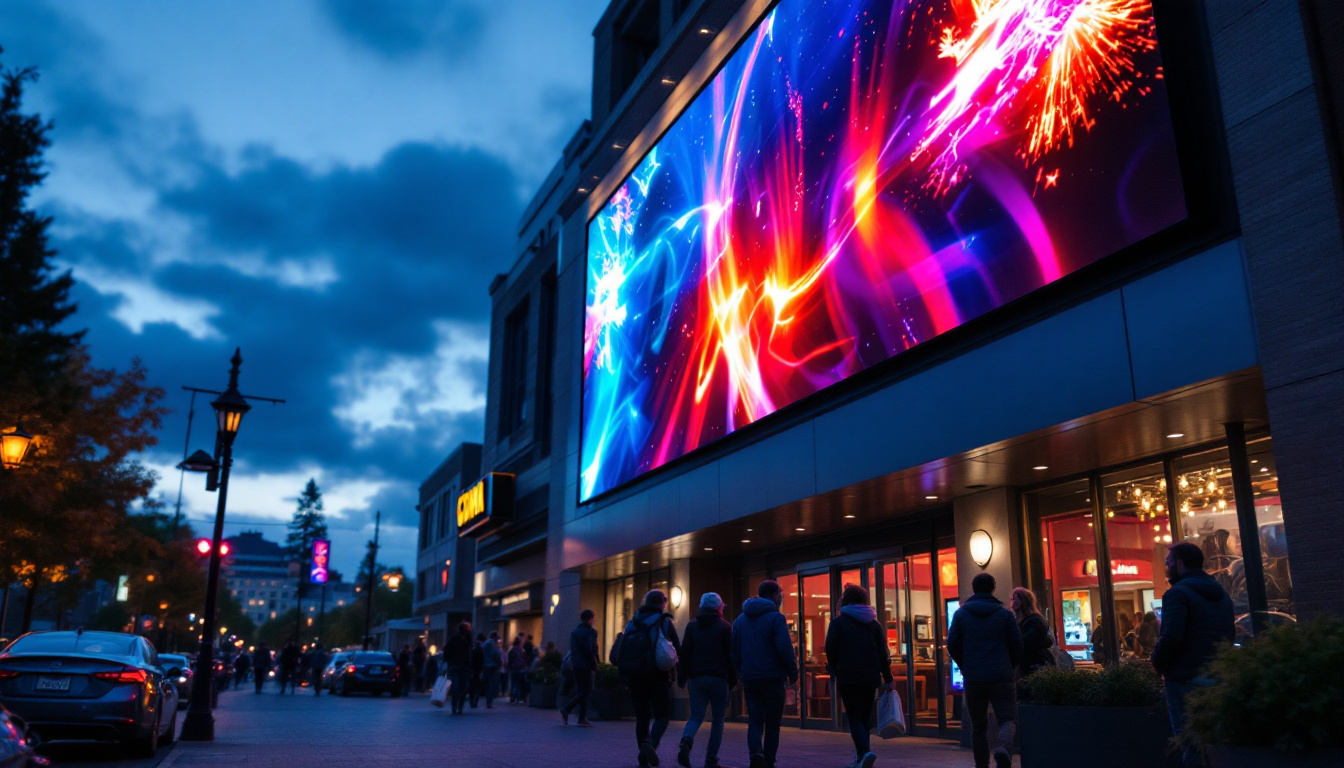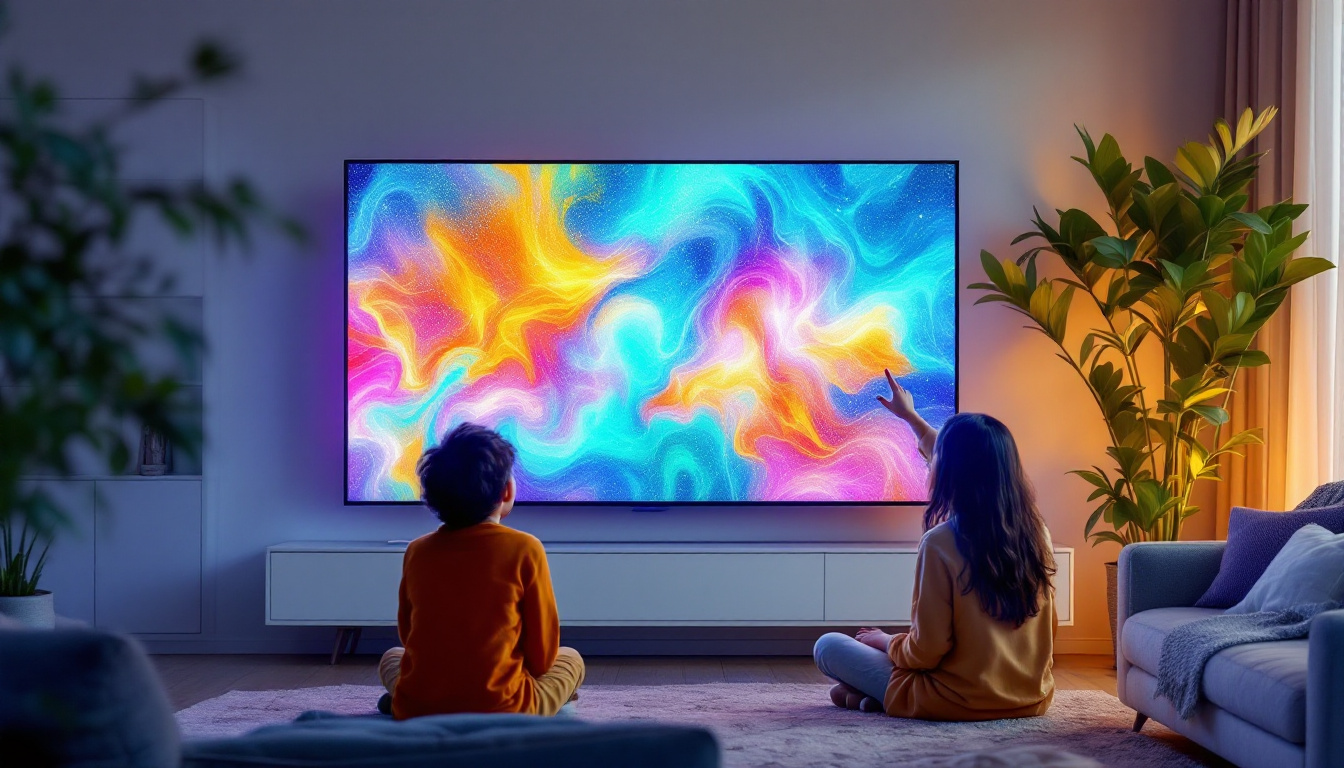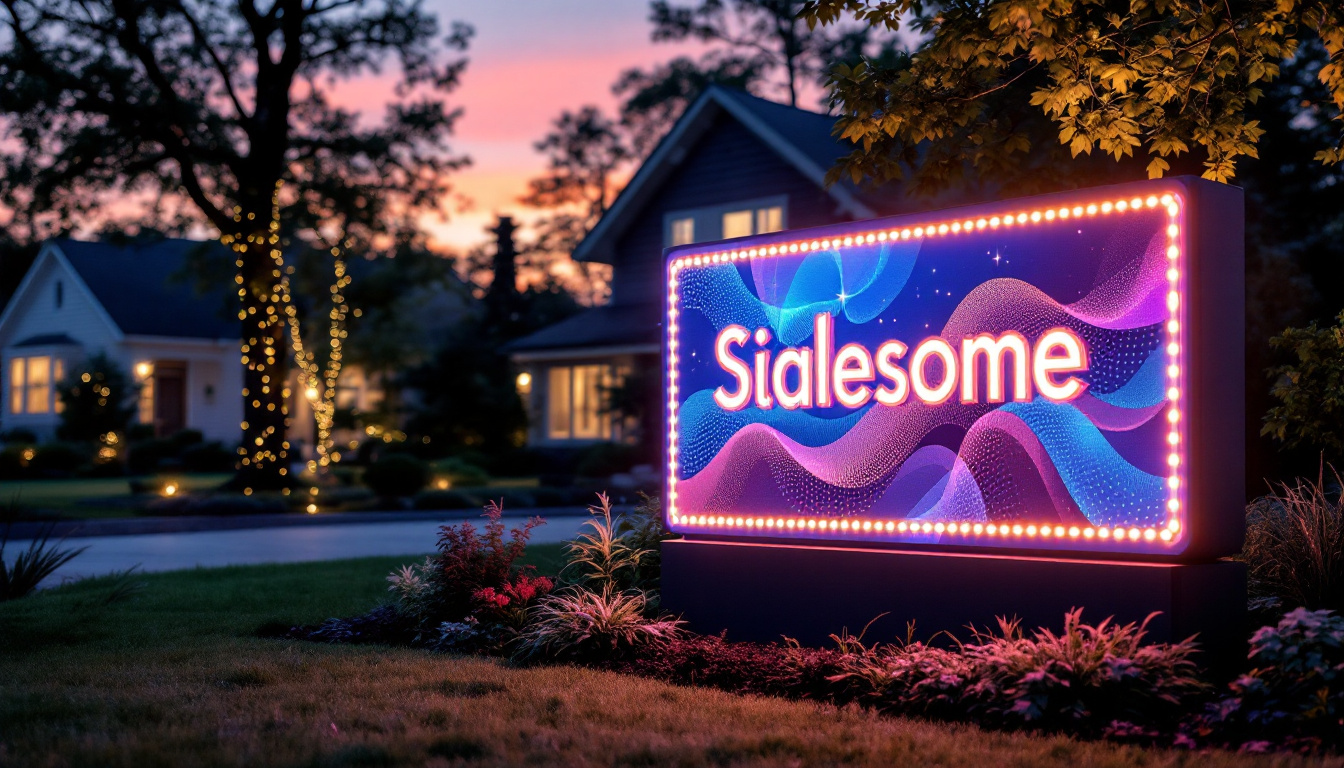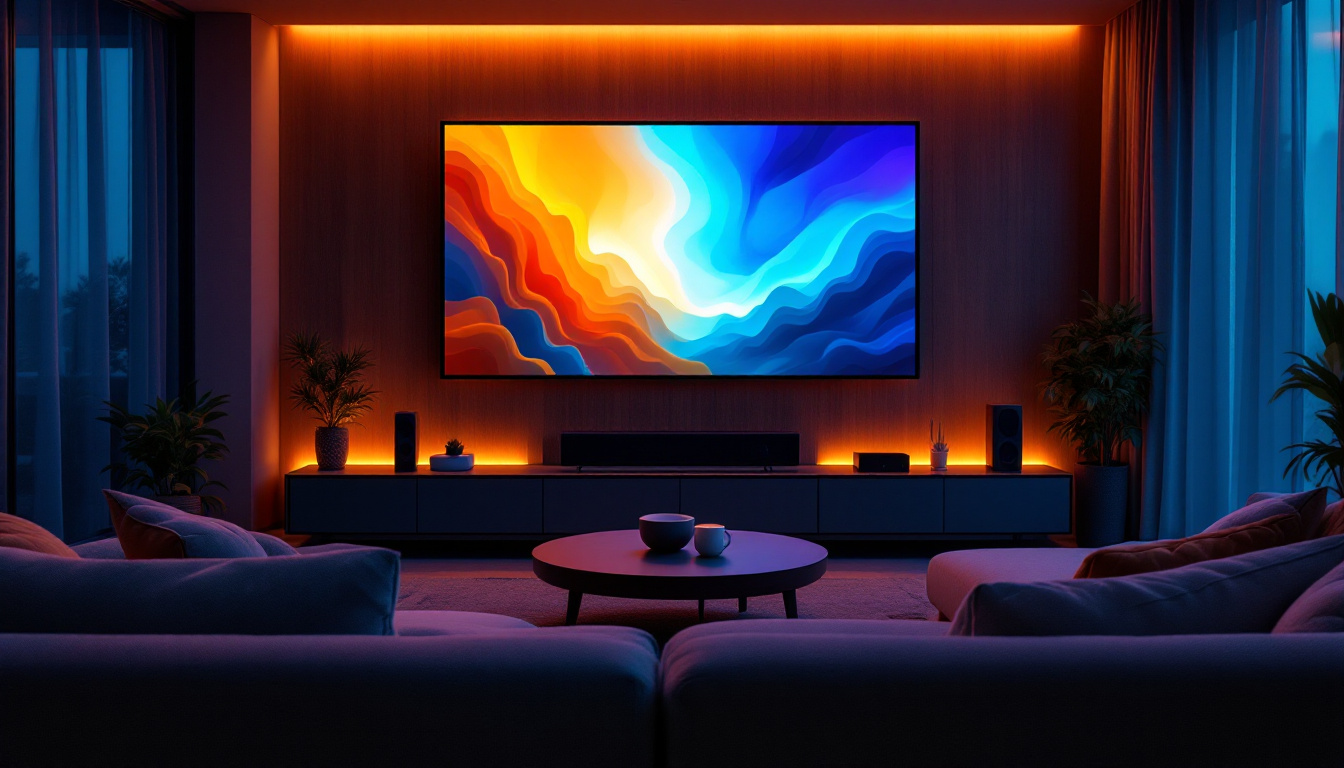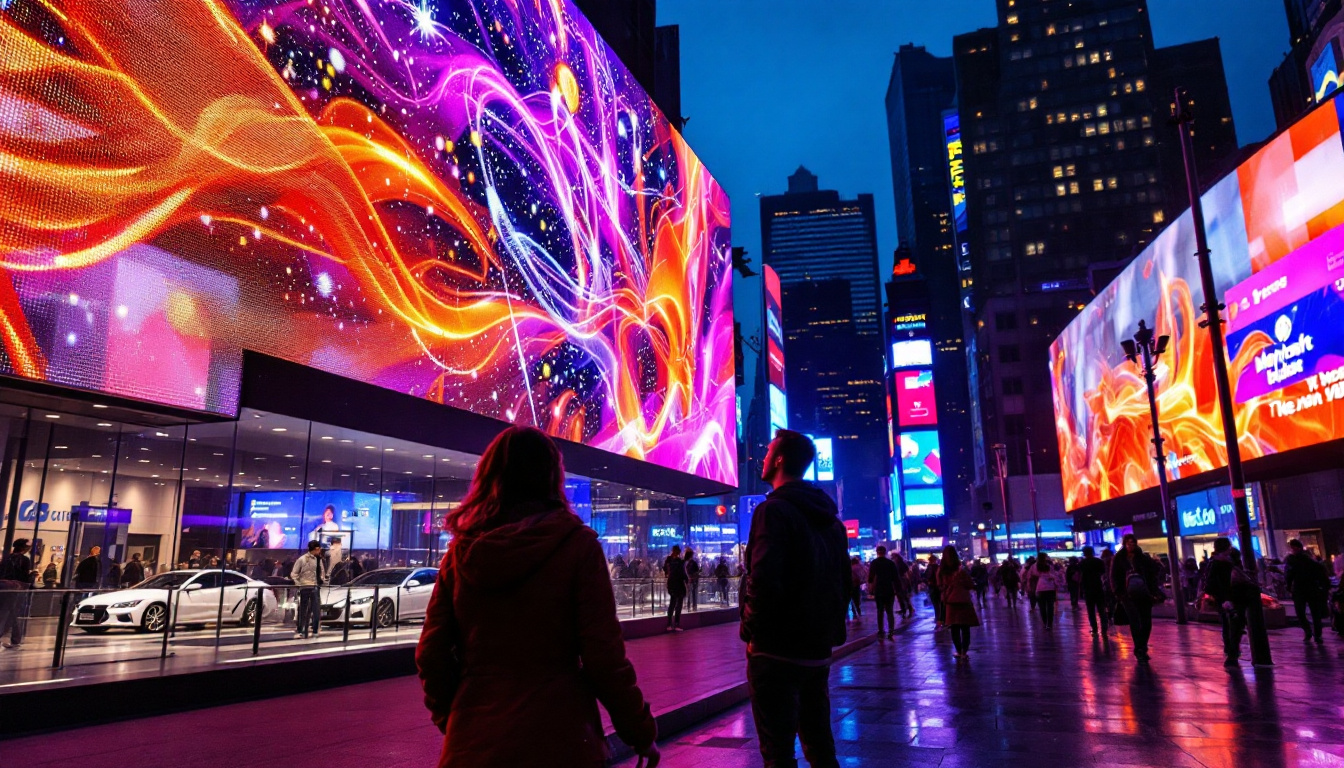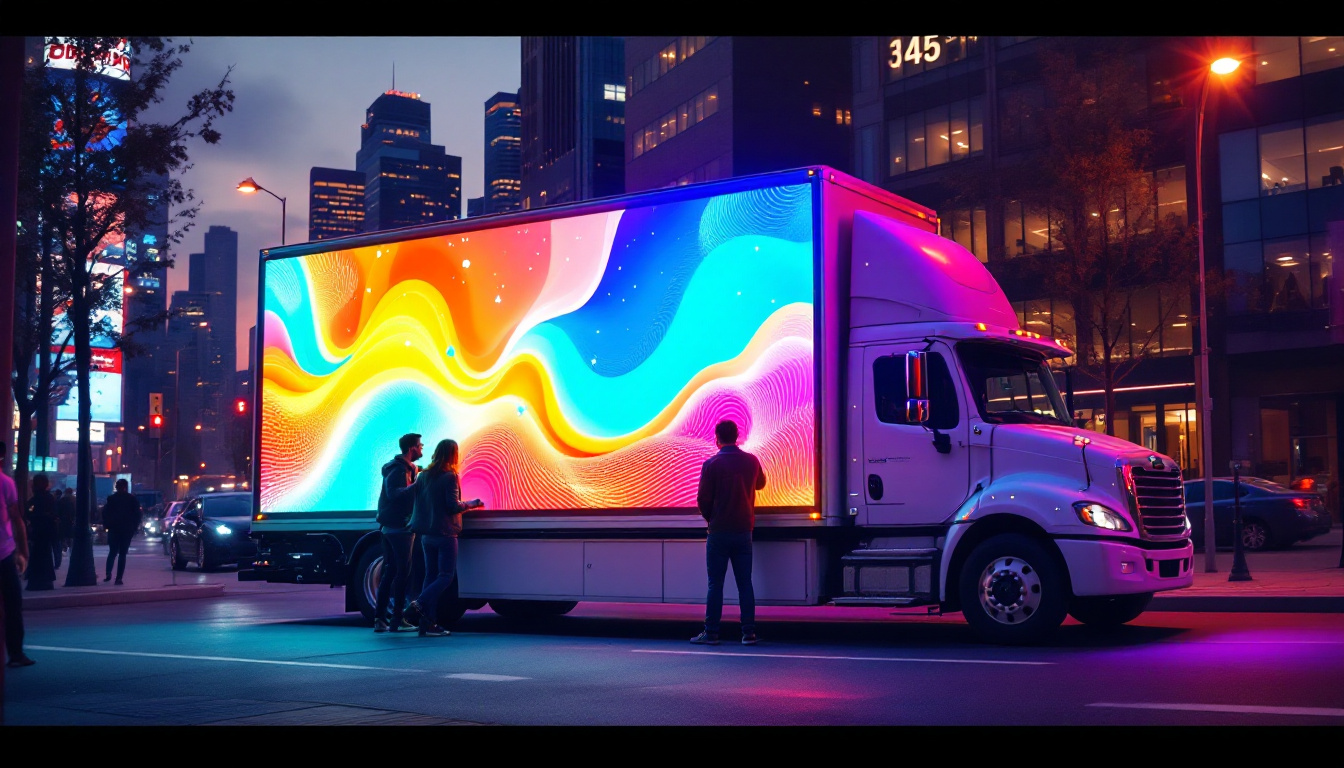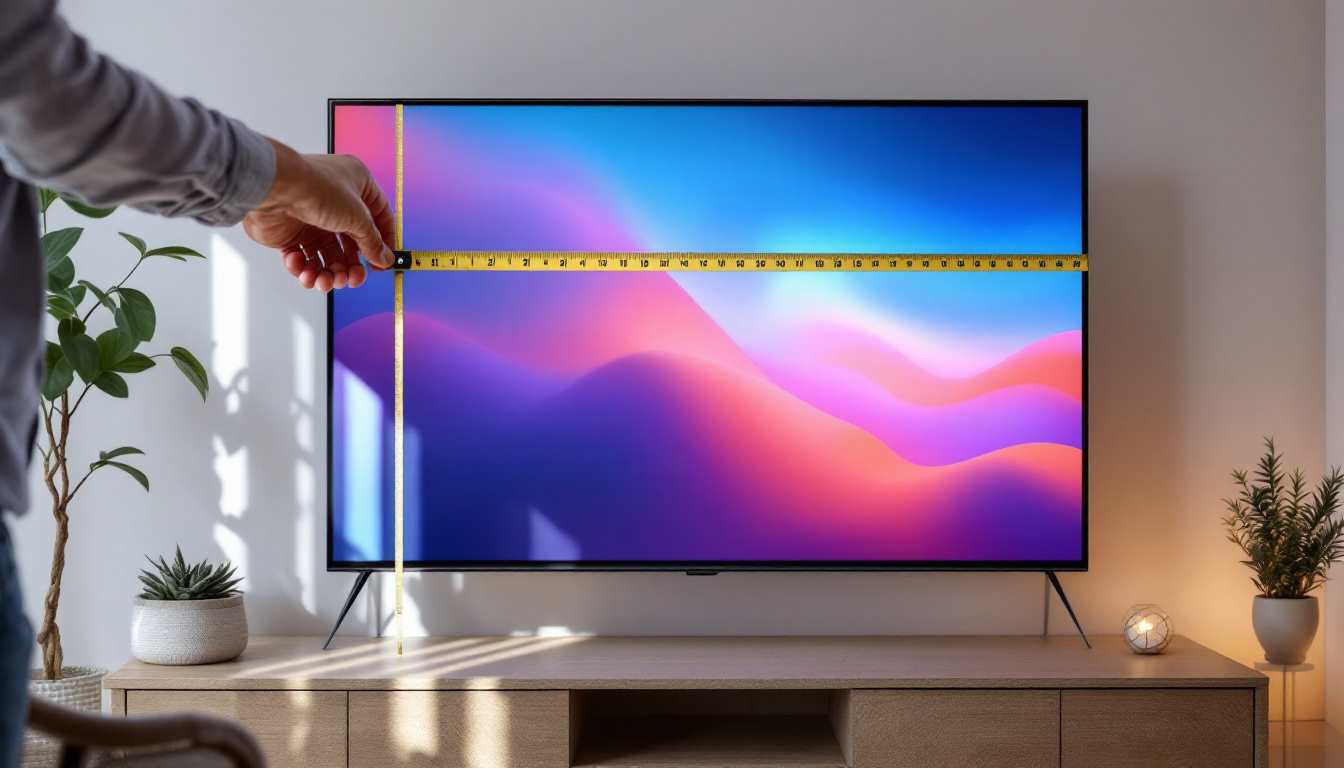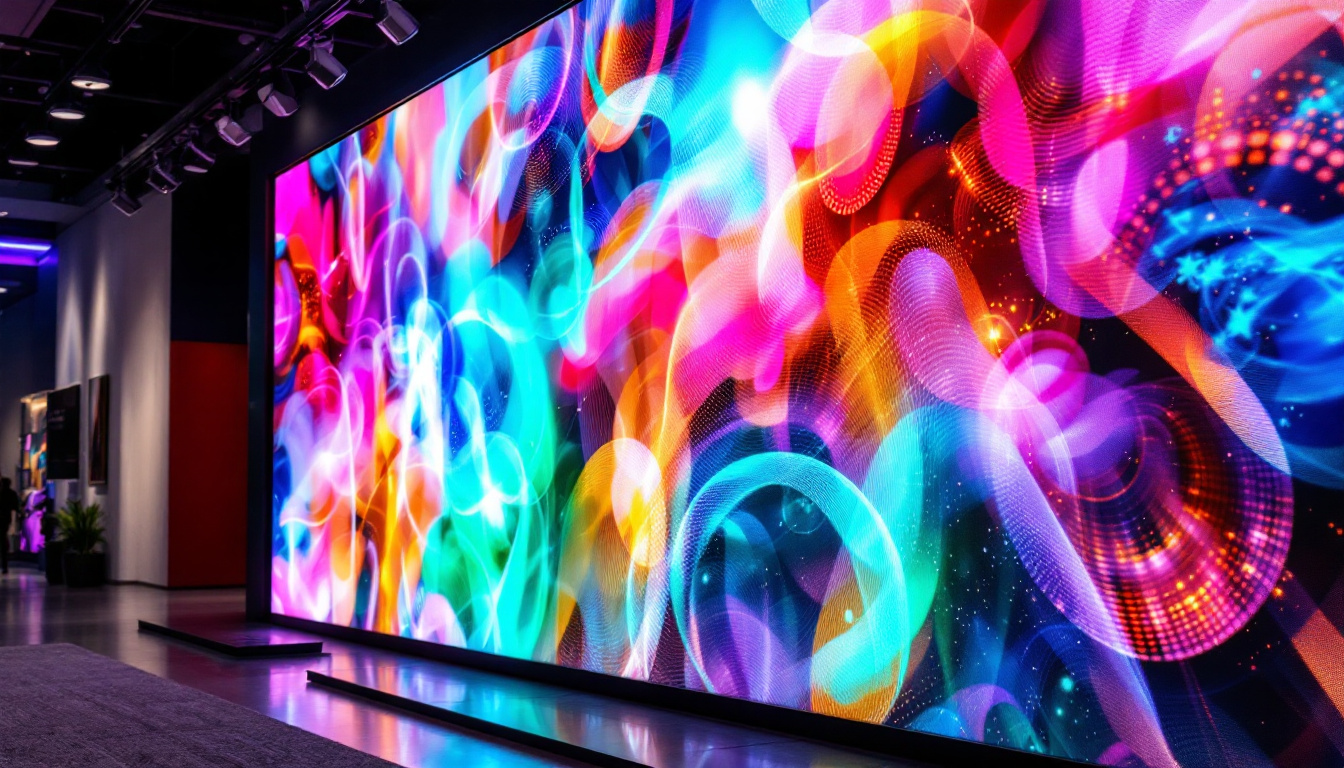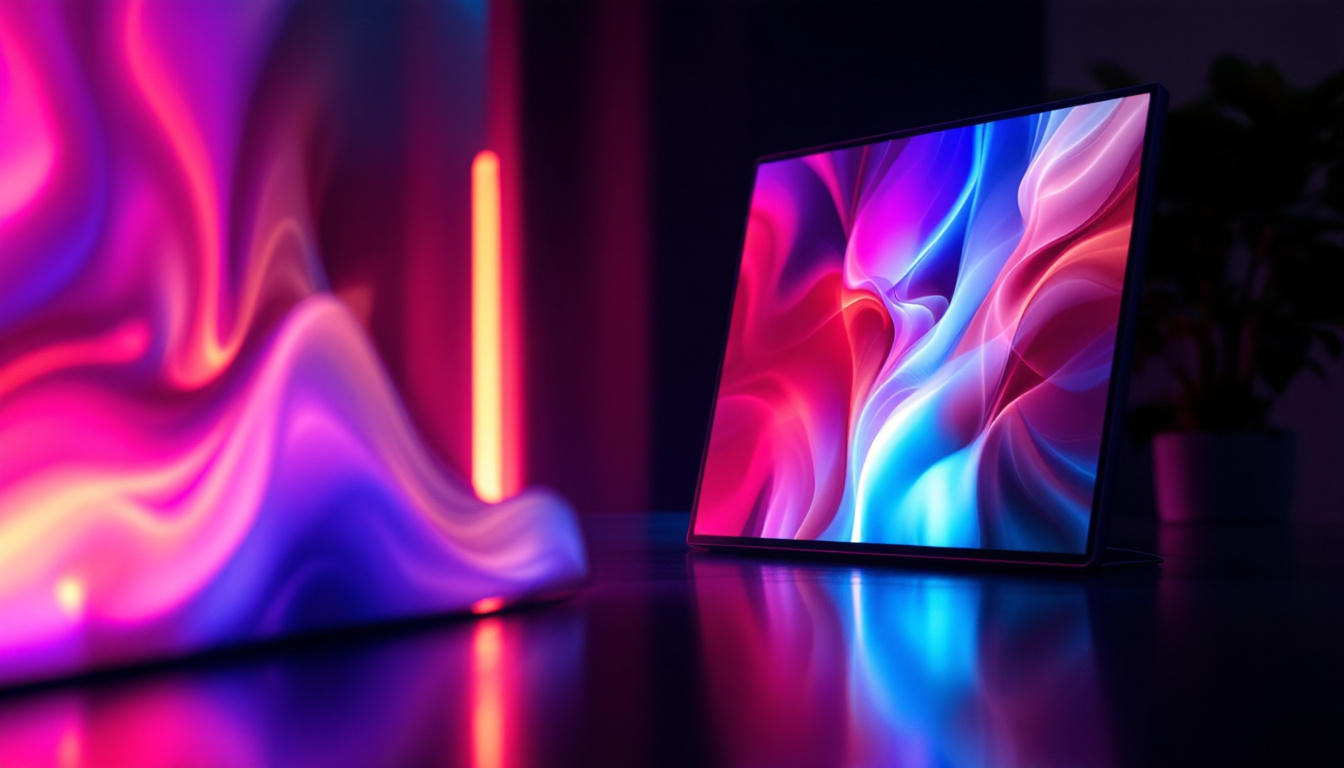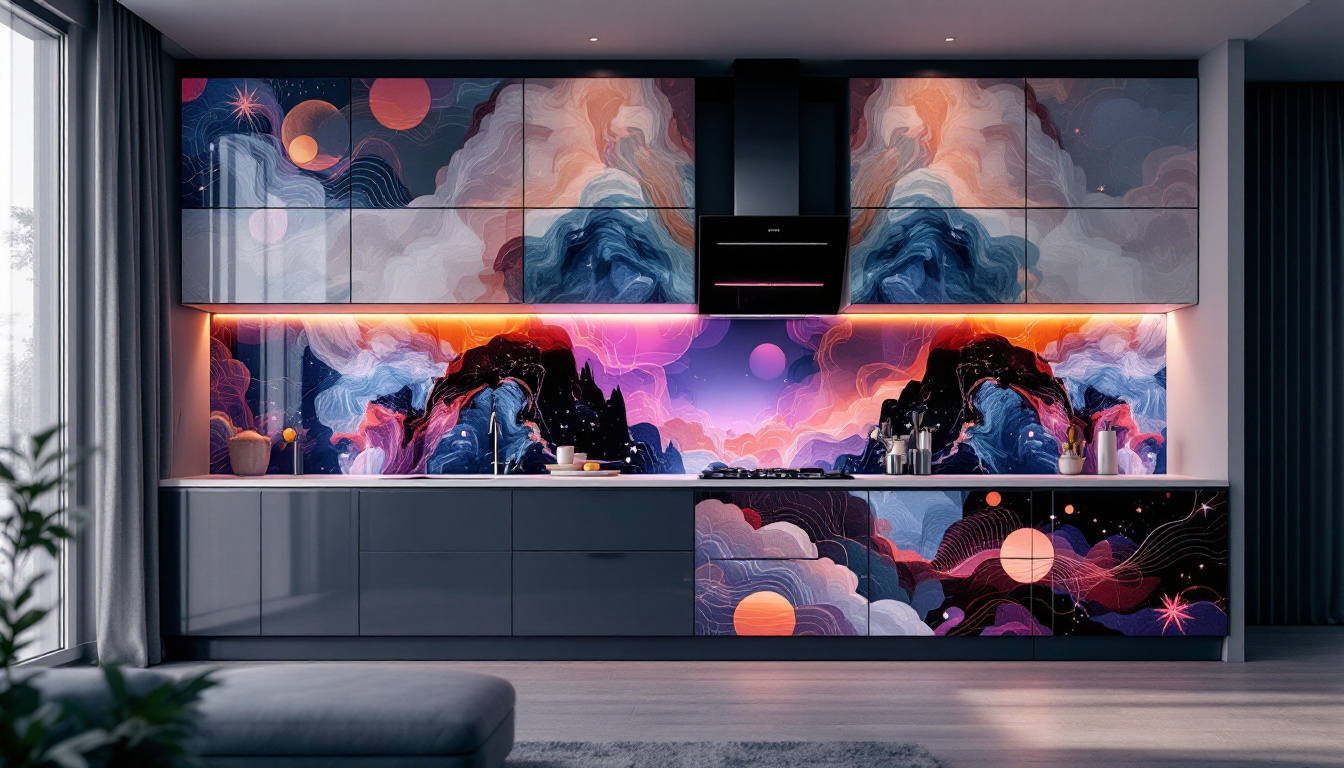In an era where traditional advertising methods are gradually losing their impact, innovative solutions are emerging to capture the attention of consumers. One such solution is the car window advertising screen, a cutting-edge LED display that transforms vehicles into mobile billboards. This article delves into the mechanics, benefits, and future of LED displays in car window advertising.
Understanding Car Window Advertising Screens
Car window advertising screens are specialized LED displays designed to fit seamlessly into vehicle windows. These screens allow businesses to showcase dynamic advertisements, promotions, and messages while the vehicle is in motion or parked. The technology behind these displays has evolved significantly, making them a popular choice for marketers looking to enhance visibility and engagement. With the rise of mobile advertising, these screens have become an innovative solution for brands aiming to capture the attention of potential customers in a crowded marketplace.
How Do They Work?
At the core of car window advertising screens is LED technology, which utilizes light-emitting diodes to produce bright, vibrant images. These displays are typically mounted on the inside of the car windows, ensuring that they are visible from the outside while maintaining the vehicle’s aesthetic appeal. The screens can be programmed to show a variety of content, from static images to animated videos, providing flexibility in advertising strategies. This adaptability is crucial for businesses that need to change their messaging frequently, whether for seasonal promotions, special events, or new product launches.
The operation of these screens is facilitated by a combination of hardware and software components. The hardware includes the LED panels, power supply, and control systems, while the software enables advertisers to upload and schedule content remotely. This allows for real-time updates, ensuring that the advertisements remain relevant and timely. Additionally, many systems incorporate data analytics features, enabling businesses to track engagement metrics such as viewer impressions and interaction rates, which can inform future advertising strategies and improve return on investment.
Types of Displays
Car window advertising screens come in various formats, catering to different advertising needs. Some common types include:
- Full-Color LED Displays: These screens offer a wide range of colors and are ideal for vibrant, eye-catching advertisements. Their ability to display high-resolution images makes them perfect for brands that want to convey intricate designs or detailed visuals.
- Monochrome Displays: Typically used for simpler messages, monochrome displays are cost-effective and suitable for straightforward advertising. They work well for brands that want to communicate clear, concise messages without the distraction of complex graphics.
- Flexible Displays: These are designed to conform to the shape of the vehicle windows, providing a seamless look and maximizing visibility. Their adaptability allows for creative placements and unique advertising angles that can capture attention in ways traditional billboards cannot.
Moreover, the integration of smart technology into car window advertising screens has opened up new possibilities for interactive advertising. Some displays now feature touch-sensitive capabilities or QR code integration, allowing passersby to engage directly with the advertisement. This interactivity not only enhances user experience but also fosters a deeper connection between the brand and its audience. As the landscape of advertising continues to evolve, car window advertising screens stand out as a forward-thinking solution that combines mobility with cutting-edge technology.
The Advantages of Car Window Advertising Screens
Investing in car window advertising screens presents numerous advantages for businesses looking to enhance their marketing efforts. The unique nature of these displays allows for creative and effective advertising strategies that can significantly impact brand visibility.
High Visibility
One of the primary benefits of car window advertising screens is their high visibility. Unlike traditional billboards that are stationary, these screens move with the vehicle, allowing advertisements to reach a broader audience. As cars navigate through busy streets, highways, and urban areas, the potential for exposure increases dramatically.
Moreover, the brightness and clarity of LED displays ensure that messages are easily readable, even in bright sunlight or adverse weather conditions. This capability makes them an effective tool for capturing the attention of pedestrians and other drivers alike.
Cost-Effectiveness
While the initial investment in car window advertising screens may seem significant, the long-term benefits often outweigh the costs. Traditional advertising methods, such as billboards or print ads, require ongoing expenses for maintenance and renewal. In contrast, LED displays allow for dynamic content updates without the need for physical replacements.
Additionally, the ability to target specific demographics and locations can lead to higher conversion rates, making the advertising spend more efficient. Businesses can tailor their messages to align with the audience they encounter, maximizing the impact of their campaigns.
Eco-Friendly Advertising
In an age where environmental concerns are paramount, car window advertising screens offer a more sustainable alternative to traditional advertising methods. LED technology is energy-efficient, consuming less power compared to other display options. This not only reduces the carbon footprint associated with advertising but also aligns with the growing consumer preference for eco-friendly brands.
Challenges and Considerations
Despite the numerous advantages, there are challenges associated with car window advertising screens that businesses should consider before implementation. Understanding these challenges can help marketers make informed decisions and develop effective strategies.
Regulatory Compliance
One of the primary challenges in car window advertising is ensuring compliance with local regulations. Many cities and states have specific laws governing the use of mobile advertising, including restrictions on the type of content displayed, the brightness of the screens, and the locations where vehicles can operate. Failing to adhere to these regulations can result in fines or legal issues, making it essential for businesses to research and understand the rules in their area.
Installation and Maintenance
Proper installation and maintenance of car window advertising screens are crucial for their effectiveness and longevity. Businesses must invest in professional installation to ensure that the displays are securely mounted and function correctly. Additionally, regular maintenance is necessary to keep the screens in optimal condition, which may involve cleaning, software updates, and hardware checks.
Content Management
Managing the content displayed on car window advertising screens can be a complex task. Marketers need to create engaging, relevant, and timely content that resonates with their target audience. This requires a strategic approach to content creation, scheduling, and analysis of performance metrics. Without a well-thought-out content strategy, the effectiveness of the advertising efforts may diminish.
Future Trends in Car Window Advertising
The landscape of car window advertising is continually evolving, driven by advancements in technology and changing consumer preferences. As businesses seek innovative ways to engage their audiences, several trends are emerging in this space.
Integration with Mobile Technology
As mobile technology continues to advance, the integration of car window advertising screens with smartphones and other devices is becoming increasingly common. Advertisers can leverage mobile apps to enhance interactivity, allowing consumers to engage with the content displayed on the screens. For instance, QR codes or NFC technology can be incorporated, enabling users to access additional information or promotions directly from their devices.
Data-Driven Advertising
With the rise of big data and analytics, businesses are increasingly using data-driven approaches to inform their advertising strategies. Car window advertising screens can be equipped with sensors and tracking technology to gather insights on audience engagement and demographics. This data can help advertisers refine their content, optimize their campaigns, and ultimately achieve better results.
Augmented Reality (AR) Integration
Augmented reality is poised to revolutionize the way consumers interact with advertisements. By integrating AR technology with car window advertising screens, businesses can create immersive experiences that captivate audiences. For example, viewers could use their smartphones to scan the display and unlock interactive content, such as virtual try-ons or product demonstrations. This innovative approach not only enhances engagement but also creates memorable brand experiences.
Best Practices for Effective Car Window Advertising
To maximize the impact of car window advertising screens, businesses should adhere to several best practices. These guidelines can help ensure that advertising efforts are effective and resonate with the target audience.
Keep It Simple
When designing content for car window advertising screens, simplicity is key. Advertisements should convey messages quickly and clearly, as viewers may only have a few seconds to absorb the information. Using bold visuals, concise text, and a clear call to action can enhance the effectiveness of the advertisement.
Optimize for Visibility
Given the dynamic nature of car window advertising, optimizing content for visibility is essential. High-contrast colors, large fonts, and eye-catching graphics can help ensure that advertisements stand out, even in busy environments. Additionally, considering the placement of the display within the vehicle can impact visibility, so careful positioning is crucial.
Monitor Performance
Regularly monitoring the performance of car window advertising campaigns is essential for continuous improvement. Businesses should analyze metrics such as engagement rates, conversion rates, and audience feedback to assess the effectiveness of their advertisements. This data can inform future content strategies and help refine advertising efforts over time.
Conclusion
Car window advertising screens represent a revolutionary approach to marketing that combines technology, creativity, and mobility. As businesses seek innovative ways to connect with consumers, these LED displays offer a unique opportunity to enhance brand visibility and engagement. By understanding the mechanics, advantages, and challenges of car window advertising, marketers can develop effective strategies that resonate with their target audiences.
As technology continues to evolve, the future of car window advertising is bright. With trends such as mobile integration, data-driven advertising, and augmented reality on the horizon, businesses that embrace these innovations will be well-positioned to capture the attention of consumers in an increasingly competitive landscape.
Discover LumenMatrix’s Innovative LED Solutions
Ready to take your advertising to the next level? LumenMatrix is at the forefront of LED display technology, offering a wide array of solutions that bring your brand to life. From captivating Indoor and Outdoor LED Wall Displays to dynamic Vehicle LED Displays and beyond, our products are designed to make a lasting impression. Experience the power of enhanced engagement with our LED Sports Displays, Floor LED Displays, and the versatility of Custom and All-in-One LED solutions. Embrace transparency with our LED Transparent Display and revolutionize your visual communication today. Check out LumenMatrix LED Display Solutions and transform your marketing strategy with brilliance and innovation.




